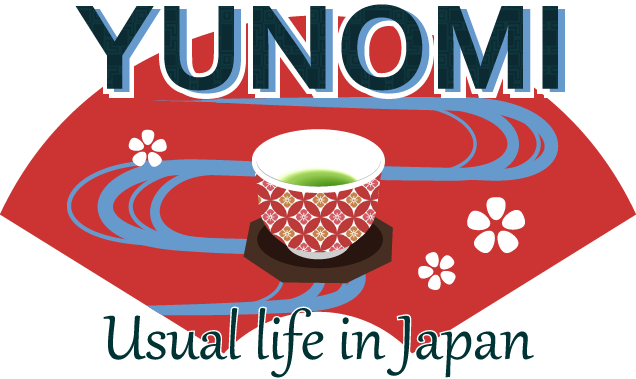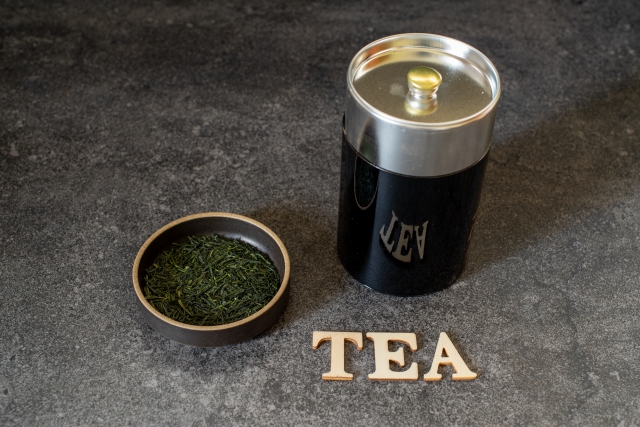A tea caddy, or "chazutsu" in Japanese, is an essential item for storing tea leaves. It preserves the freshness and flavor of tea by protecting it from oxygen, humidity, light, and odors.
In this article, we’ll explore the history, types, and craftsmanship behind tea caddies, as well as their cultural significance and tips for choosing the best one.
The History and Background of the Japanese Tea Caddy
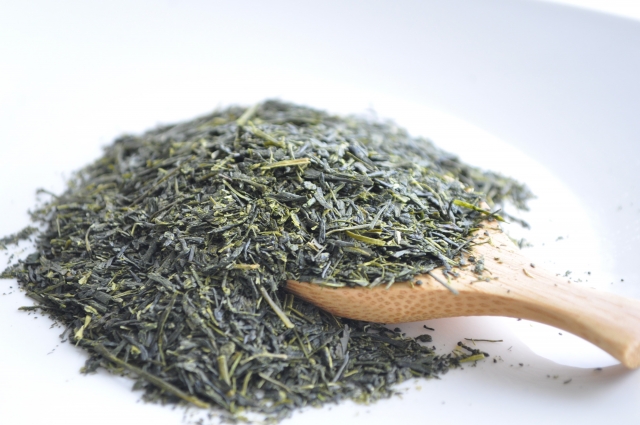
The history of the tea caddy dates back to the Edo period when the popularity of Japanese tea surged.
As tea leaves are sensitive to moisture and oxygen, traditional tea caddies were created to ensure long-term storage.
Early caddies were made primarily from metal, offering excellent protection. Today, Japan’s oldest metal tea caddy maker, Kaikado, continues to produce high-quality handmade tea caddies using techniques passed down through generations.
Over the centuries, wooden tea caddies also became popular, known for their natural beauty and craftsmanship. Whether metal or wood, the tea caddy is more than a storage container—it represents the skill of Japanese artisans and has become an important part of Japanese tea culture.
Types of Tea Caddies and Their Characteristics
Tea caddies come in different materials, each offering unique benefits for storing tea leaves. The two most popular types are metal and wooden tea caddies.
Metal Tea Caddies
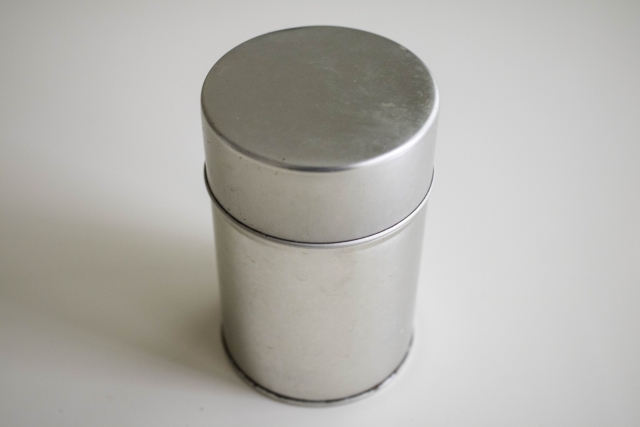
- Materials: Typically made from tin, stainless steel, or brass.
- Features: Metal tea caddies are highly durable and provide excellent airtight sealing to protect tea leaves from oxidation, moisture, and light. The double-lid design found in many metal caddies ensures an even tighter seal.
- Benefits: Ideal for long-term storage due to their robust nature, these caddies keep tea fresh for extended periods.
Wooden Tea Caddies

- Materials: Made from natural woods like cherry, maple, and cypress.
- Features: Wooden tea caddies have a natural moisture-absorbing ability, allowing them to protect tea from humidity without over-drying it. Their beautiful wood grain makes them aesthetically pleasing.
- Benefits: Aside from their functionality, wooden caddies are often admired for their warmth and design, making them a popular choice for tea lovers and as home decor.
Craftsmanship: The Art Behind the Tea Caddy
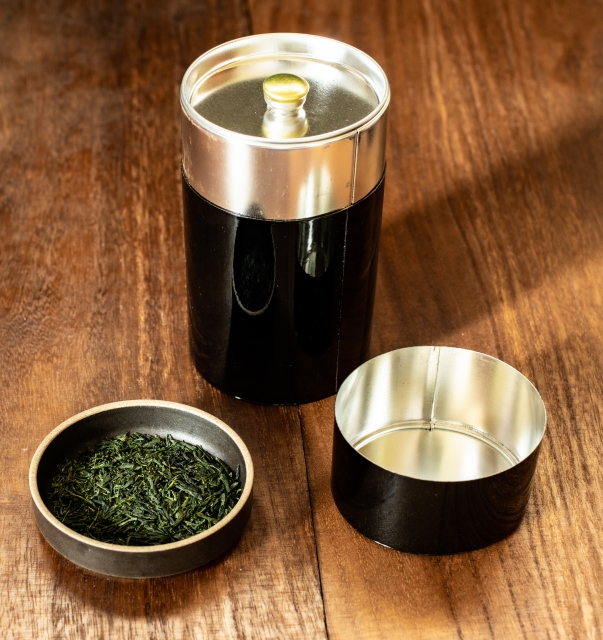
Many high-end tea caddies are crafted by hand, utilizing traditional Japanese techniques that have been passed down through generations. In the case of metal tea caddies, artisans meticulously hammer the metal into shape, ensuring a perfect fit for the lid, which creates an airtight seal. For wooden tea caddies, craftsmen carefully select and work with wood, showcasing its natural grain and beauty.
This attention to detail not only guarantees the tea’s preservation but also elevates the tea caddy to the level of a functional work of art.
Modern Materials vs. Traditional Craft
In addition to traditional metal and wood, modern materials like plastic are also used in tea caddies. While plastic tea caddies offer lightweight and affordable options, they generally lack the same level of airtightness and temperature regulation found in metal or wood.
Modern caddies are practical for short-term storage but are less suitable for preserving tea over long periods.
- Pros of Modern Materials: Lightweight, affordable, easy to clean.
- Cons: Less effective at long-term storage, lacks the cultural and aesthetic appeal of traditional tea caddies.
Design and Cultural Significance of the Tea Caddy

Tea caddies are not just practical storage solutions—they are also a symbol of Japanese craftsmanship and tradition. The intricate design and functionality of these caddies reflect the deep respect for tea culture in Japan.
Many caddies are considered works of art, often handcrafted by skilled artisans who dedicate years to perfecting their craft.
Additionally, tea caddies make excellent gifts. Their aesthetic beauty and practical use mean they are valued by both tea connoisseurs and those who appreciate Japanese art and design.
Recommended Tea Caddy Brands and Buying Guide
When selecting a tea caddy, it’s essential to consider both its functionality and design. Here are some of the top tea caddy brands in Japan, known for their high quality and craftsmanship:
Kaikado
Kaikado is the oldest metal tea caddy maker in Japan, specializing in handmade tin and brass caddies.
These caddies are known for their smooth opening and closing mechanism and have become favorites among tea enthusiasts worldwide.
Takahashi Kougei
Takahashi Kougei produces exquisite wooden tea caddies made from Japanese wood.
Their minimalist design highlights the natural beauty of the material, making them a popular choice for those who appreciate fine craftsmanship.
Nakagawa Masashichi Shoten
A brand that blends traditional techniques with modern design, Nakagawa Masashichi Shoten offers tea caddies made from both metal and wood.
Their sleek and simple designs appeal to a wide audience and are perfect for everyday use.
Tips for Buying a Tea Caddy
- Choose the Right Material: For long-term storage, metal is best. For a blend of functionality and beauty, consider wood.
- Size Matters: Consider how much tea you typically store and choose a caddy that fits your needs.
- Check for Airtight Sealing: Ensure the lid fits tightly to maintain freshness.
Conclusion: The Perfect Blend of Art and Functionality
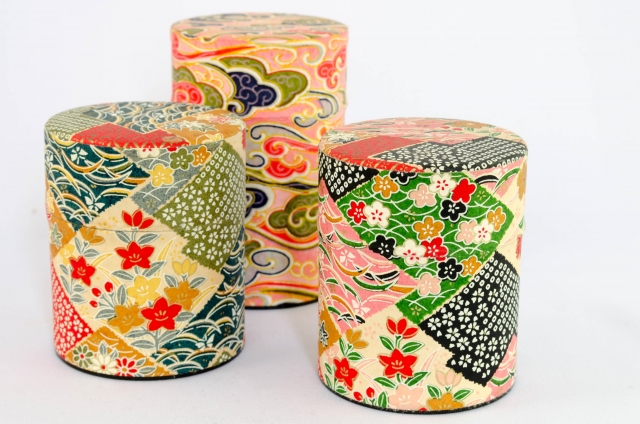
Tea caddies are essential for preserving the freshness of tea leaves, but they also represent the rich cultural heritage of Japan.
Whether crafted from metal or wood, tea caddies are a testament to the skills of Japanese artisans.
From their practical benefits to their beauty as decorative objects, tea caddies are perfect for tea lovers and make for an excellent gift.
When choosing a tea caddy, opt for one that balances functionality, design, and craftsmanship to ensure your tea stays fresh and flavorful for as long as possible.
